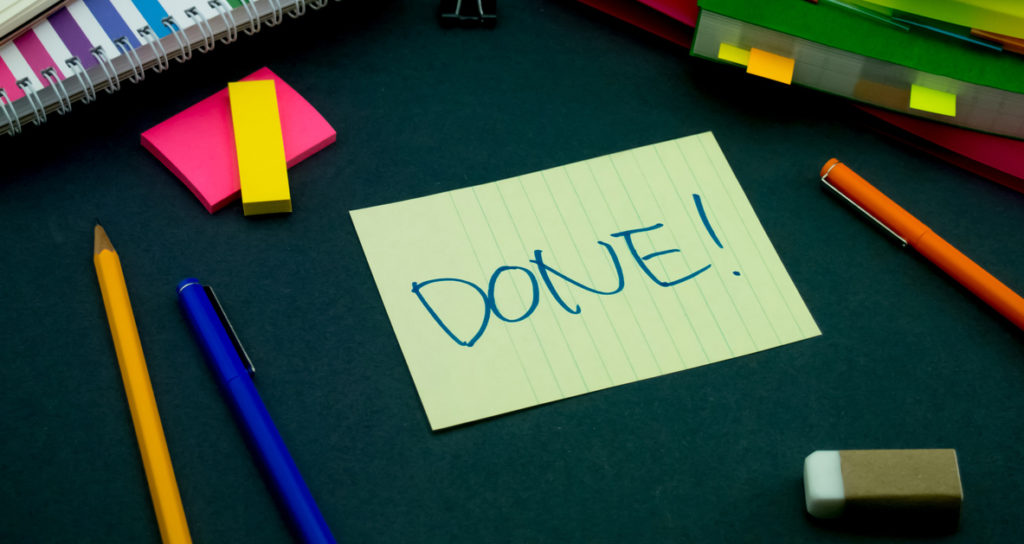You’re eager to start a new project and jump right in without trying to make order out of and find meaning in everything that needs to get done. How much time do you spend scratching your head, wondering what to do next or even how or where to start?
Having a good plan is the most important strategy for getting a project done.
Here are five steps to help you organize your work so you can sail through the project cycle while spinning your wheels as little as possible.
1. Collect all related work items.
Identify all the work items that are part of your project, including emails, open tasks in your project management tool, and scribbled notes. Next, organize all these pieces and prioritize them as tasks that are part of your project. If you’re stuck on the prioritizing part, ask yourself the following questions:
- Which one has the most immediate hard deadline?
- Which task will make the most positive effect if it is finished ASAP?
- Are any of these tasks dependent on another one being completed first?
- Are you dependent on another person completing something else before you can start?
- Is there a task that you must get off your plate to clear your mind and move forward?
2. Develop a process.
Outline or list the necessary steps to complete each task. Ask yourself these questions:
- What are all the tasks and microtasks that must be done to complete this?
- Who needs to weigh in on, contribute to, perform a quality assurance check on, or sign off on the work?
- Is this the most efficient way to get from A to Z on this particular project?
3. Get organized.
Commit to being as organized as possible and to finding a structure that fits you, your team, and the project. This could take some trial and error, but being organized is a process. A good place to start is by using a collaborative project management tool where collected work can live, stay organized, and be accessible to other team members. You need a place where you and your team members can reference a project and all the work involved while knowing what’s going on at any time.
4. Set a time to review.
Our memories need a good refreshing to stay organized. Plus, a review might give us fresh insight into what needs to get done, reprioritized, or reorganized. Set a time each week, such as every Friday afternoon or Monday morning, to review work items. This not only keeps your mind fresh but also helps you see all the things that are part of a bigger project and vision. Change happens, so you’re probably updating a lot of tasks in the course of a week. This review process will help you stay on top of your moving work.
5. Just do it!
Now that you’ve completed the first four steps, it’s time to take action. Pull the trigger; press publish; deliver the final product. What do you do right now?
Based on David Allen’s GTD methodology, consider these four things:
- Context. What can you do right now?
- Time available. What do you have time to do right now?
- Energy available. What are you able to accomplish right now?
- Priority. After answering the first three questions, start working on the highest priority item.
You can organize yourself and your team in endless ways. What is your favorite organizational hack? Let us know in the comments.
 Schedule a demo of LiquidPlanner with a product expert today
Schedule a demo of LiquidPlanner with a product expert today







